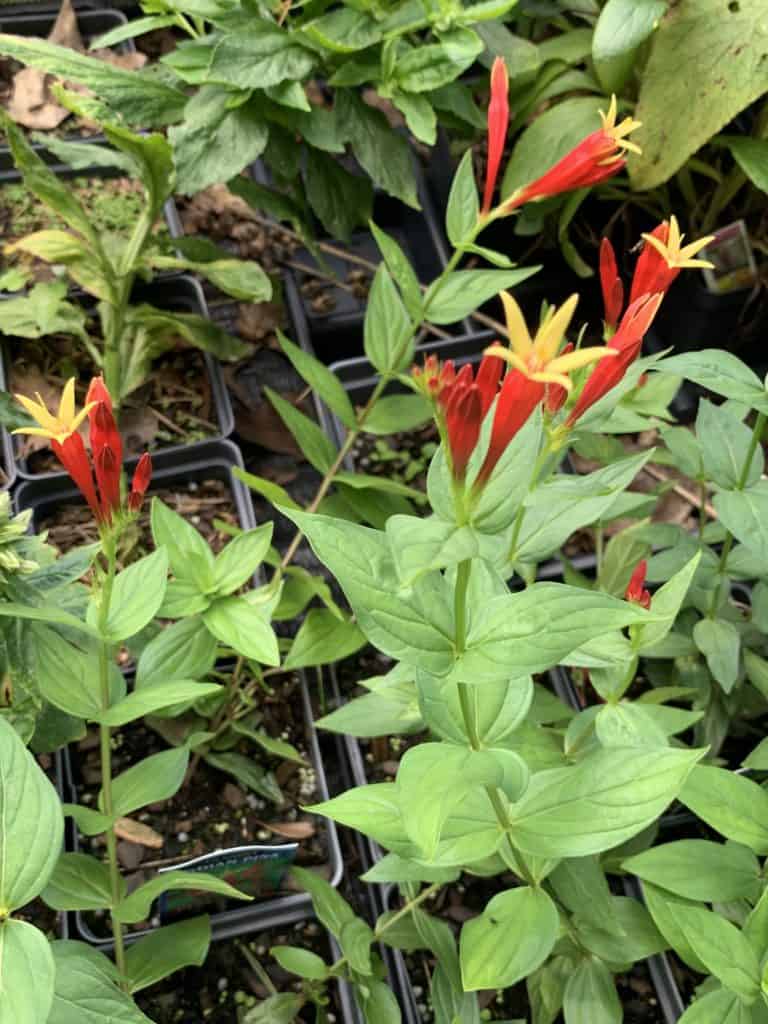Gardening for Health

Striking Beauty of Indian Pink
By Maria Price
Indian pink (Spigelia marilandica) is a beautiful native plant rarely seen in nurseries or even in nature. The eye-catching red and yellow flowers grow 12 to 18 inches tall in summer with terminal, upright, two-inch long narrow, ellipsoidal, crimson flowers that upon opening have bright yellow throats.
Its natural range is actually south of Maryland, from North Carolina to southern Indiana, southern Missouri, and Oklahoma, south to Florida and Texas.
Spigelia makes a reliable presence in the garden, blooming in spring and often re-blooming in summer. The flowers are absolutely striking and grow best in moist woodland or along shady paths. And if you like watching hummingbirds then this is your hummingbird magnet. They can actually grow to a reasonable colony in your garden.
The reason why Indian pinks are not as common as they should be is that propagation is slow and difficult. For gardeners, however, that is simply a challenge. They can be propagated by seed which is hard to find and must be collected before it is disbursed. The plants germinate reasonably quickly in containers left outdoors or over-wintered in cold frames. The seed requires cold moist stratification for three months in order to germinate. Cuttings can be very difficult using rooting hormone. Division is possible from well-established colonies. Be careful to include some root stock and transplant immediately.
The plants can tolerate more sun the further north one gardens, but afternoon shade and consistent moisture result in faster growth.
Indian pink is also known as worm grass and Native Americans recognized its anthelmintic properties, meaning it is able to destroy parasitic worms. Plants in this family contain poisonous alkaloids, such as strychnine; in the case of Spigelia, spigeline proved useful to Native Americans for purging themselves after ingesting a tea made of the roots. It is very toxic and can increase heart action, vertigo, convulsions, and possibly death. Use caution if you have pets who like to eat plants.
